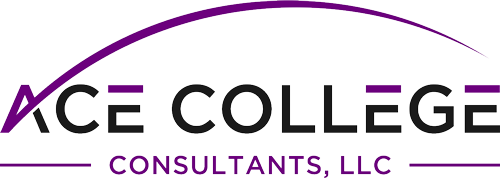During the COVID-19 shutdown, numerous colleges opted for a “Test Optional” policy, offering applicants the flexibility to submit a standardized test score or apply without one altogether. This move aimed to promote fairness during a period when testing opportunities were limited. However, as we transition into the post-pandemic era, many institutions have reinstated the requirement for test scores. MIT notably spearheaded this shift, being the first major highly selective college to do so. Subsequently, several other prestigious institutions, including Dartmouth, Brown, and Yale, have followed suit. Consequently, many high school juniors find themselves questioning the significance of their test scores in the admissions process.
The answer to this question is multifaceted. Colleges returning to the requirement of test scores often cite research indicating that such scores contribute to building a diverse student body as well as the strong predictability of test scores on future performance. Additionally, some applicants who chose to apply without a test score and were subsequently denied admission might have benefited from submitting a competitive score.
Previously, much of the advice provided to students regarding whether to submit a test score centered on comparing their scores to the average at the respective college or university. If a student’s score aligned with or surpassed the institution’s average, counselors and advisors typically encouraged submission. Conversely, if the score fell below the average, students were advised against submitting it. If a student decides to apply without a test score, the other parts of their application, such as extracurricular activities, volunteer work, leadership and essays, are weighted more heavily. It also became evident that colleges place an emphasis on how applicants compare to the average test scores of their high schools. This practice is especially prevalent when considering applicants with low socioeconomic status (1).
In essence, standardized test scores remain integral to the admissions process and are unlikely to disappear anytime soon. Therefore, high schoolers should continue to prepare by taking practice tests, utilizing free resources like Khan Academy, and researching their school’s average test scores before deciding whether or not to apply as test-optional applicants.
Resource: 1. Bastedo, M. N., Umbricht, M., Bausch, E., Byun, B.-K., & Bai, Y. (2023). Contextualized High School Performance: Evidence to Inform Equitable Holistic, Test-Optional, and Test-Free Admissions Policies. AERA Open, 9. https://doi.org/10.1177/23328584231197413
